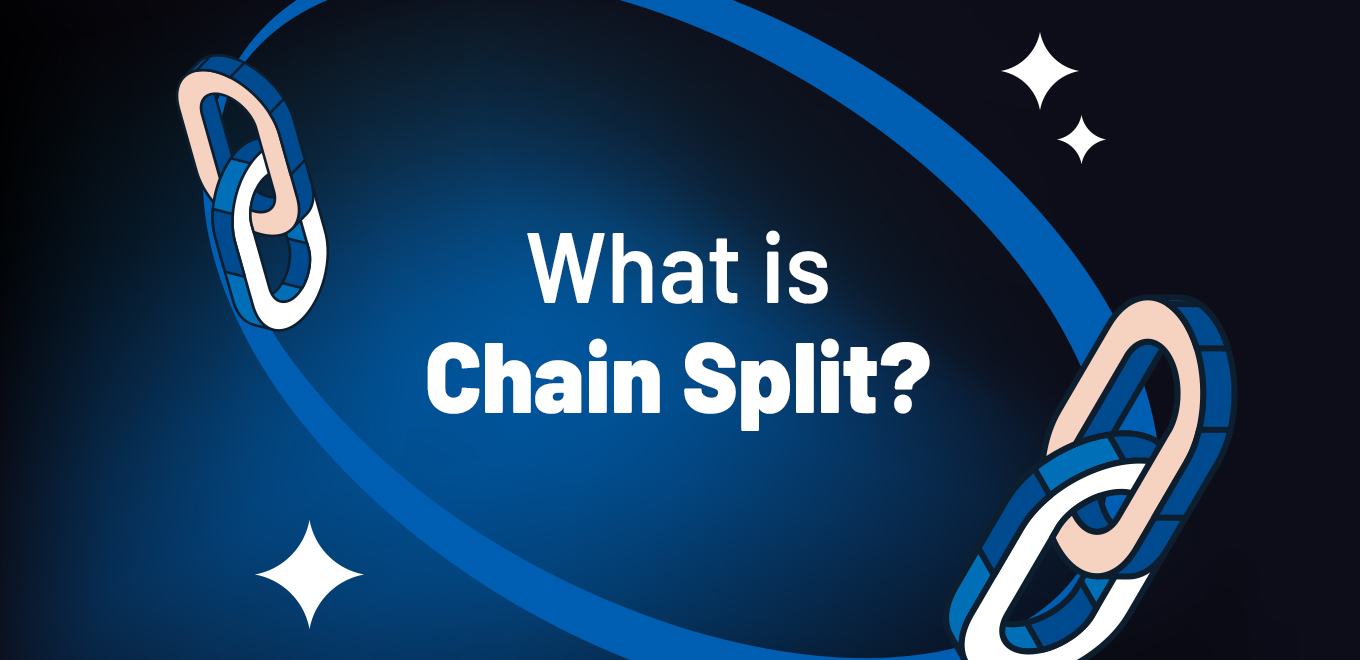Updates made on the blockchain are called forks. The term ‘chain split’ is used to describe the forks that occur on a blockchain. Many cryptocurrencies have emerged from blockchains that have undergone a chain split. In this article, you will find an explanation of what a chain split is.
TABLE OF CONTENTS
What is Chain Split?
A chain split refers to a fork that occurs within a blockchain network. As a result of a chain split, the existing network divides, creating a new blockchain. Forking describes the continuation of the source code from a certain point onward, with new, modified, or removed functions. These changes are categorized into two types: hard forks and soft forks. Soft forks resulting from a chain split are updates that remain compatible with older wallets and software. Transactions can still be conducted without updating the wallet or software, but newly added features will not be accessible. In contrast, hard forks require the updating of wallets and software. Wallets that are not updated will no longer be able to access blocks after the hard fork.
More detailed information about the concept of forking can be found in the article ‘What is a Fork (Hard Fork / Soft Fork)?’
The Importance of Chain Split in the Blockchain Ecosystem
As a result of a chain split, new cryptocurrencies can emerge. Forks in high-market-cap cryptocurrencies such as Bitcoin and Ethereum have led to the creation of various new cryptocurrencies. Forks in the blockchain play a crucial role in the development of the existing network. Disagreements and differing opinions among users within the blockchain can trigger a chain split. These differing views can highlight the current issues within the network, providing an opportunity for the development of solutions and updates to address these challenges.




